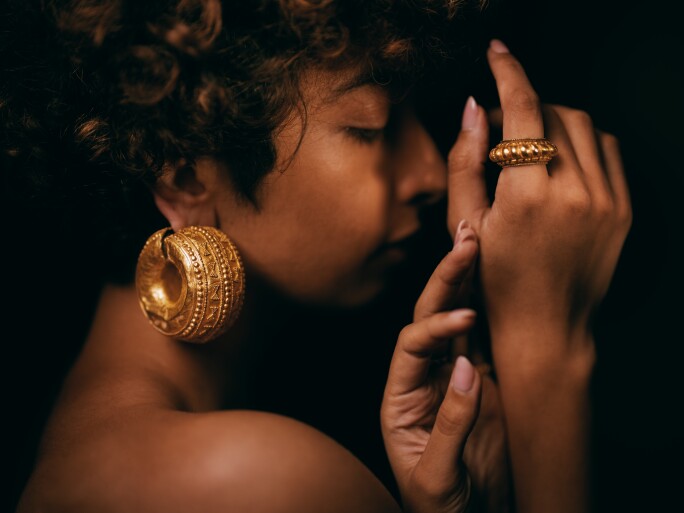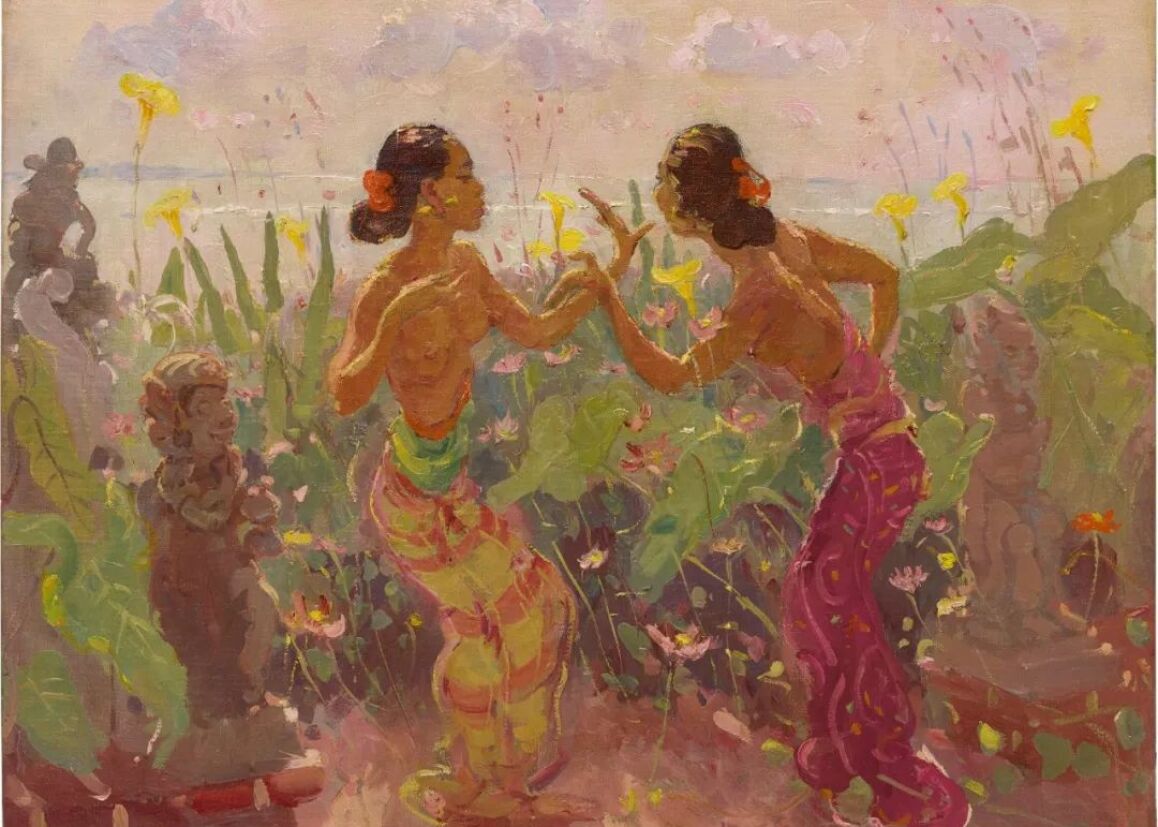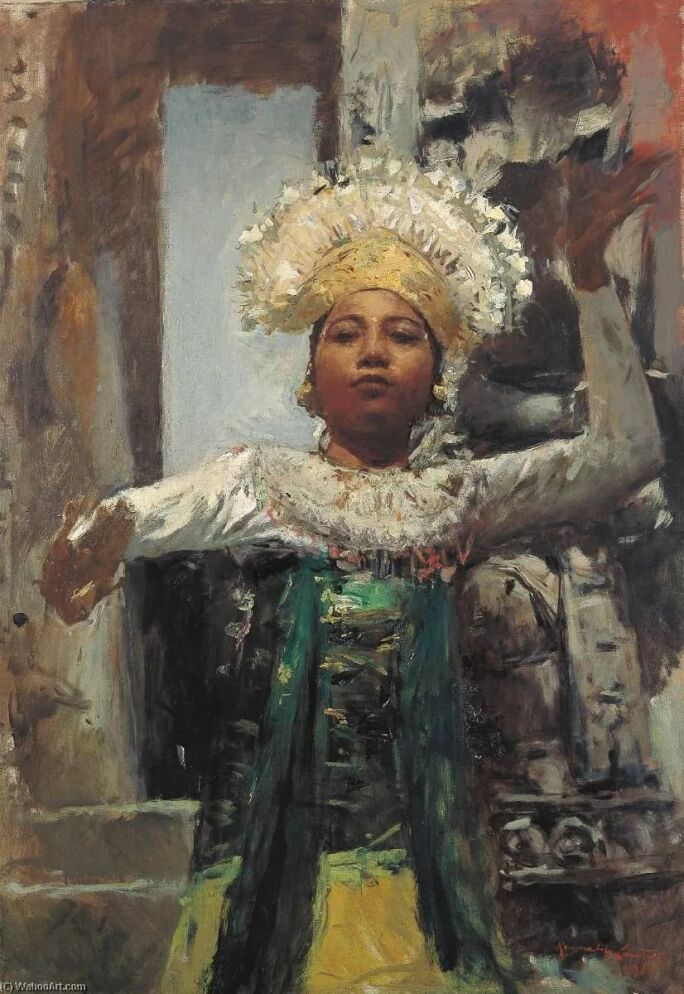
V irtuoso goldsmiths flourished under the patronage of the Hindu-Buddhist kingdoms of Classical Period Java (7th to the 15th centuries). This was an age in which royalty and gold were intertwined; exquisite, intricately designed pieces of jewellery – particularly rings – were a potent expression of beauty, nobility, and divinity.

These characteristics are exemplified in the stunning ancient gold Javanese rings which form part of ‘Southeast Asian Gold Jewellery and Ornaments from an Asian Private Collection’. Some are set with gemstones, amethyst or glass; others are inscribed on the bezel with auspicious Hindu motifs.

Modelled here on the hands of a dancer, the sublime craftsmanship of the jewellery finds an echo in the elegant, intricate hand movements typical of Indonesian dance traditions. As with Java’s ancient goldware, these dances have their roots in the Hindu-Buddhist kingdoms, embodying the refined aesthetic culture of the royal courts.
The splendour and symbolism of Southeast Asian culture was a captivating subject for Western painters visiting Indonesia in the mid-20th century. Graceful Balinese dancers, adorned with decoration were one of the quintessential subjects of the Belgian painter Adrien Jean Le Mayeur de Merprès, whose muse (and later wife) was the legong dancer Ni Pollok.


While travelling in Java and Bali, the Italian painter Romualdo Frederico Locatelli created the masterwork Gambuh Dancer, 1939. The gambuh is an ancient form of Balinese dance-drama, dating to the late Majapahit empire, that brings together elements of performance, music and mythology. Here, Locatelli masterfully captures the angular pose of the performer in a palette that echoes the earthy pigments used in Javanese decorative art.
Through paintings like Locatelli’s one can picture the archaic gambah being performed for Javanese nobility adorned in the magnificent gold jewellery on offer in this distinguished private collection. They are treasures that form a tangible bond with the culture and craftsmanship of ancient Southeast Asian civilisations.




